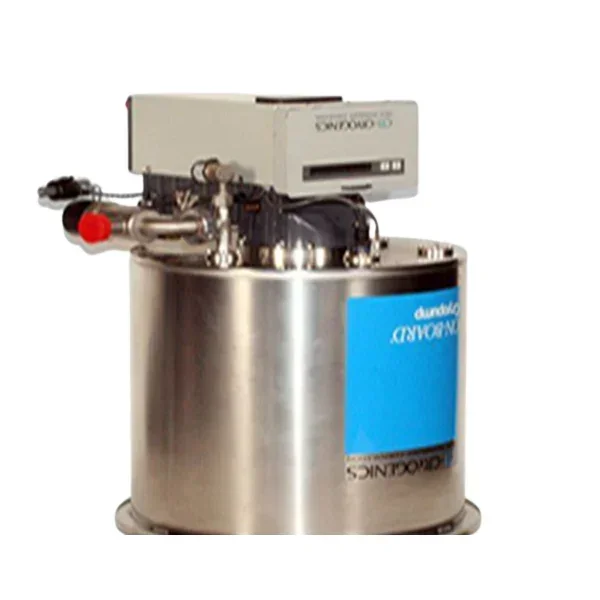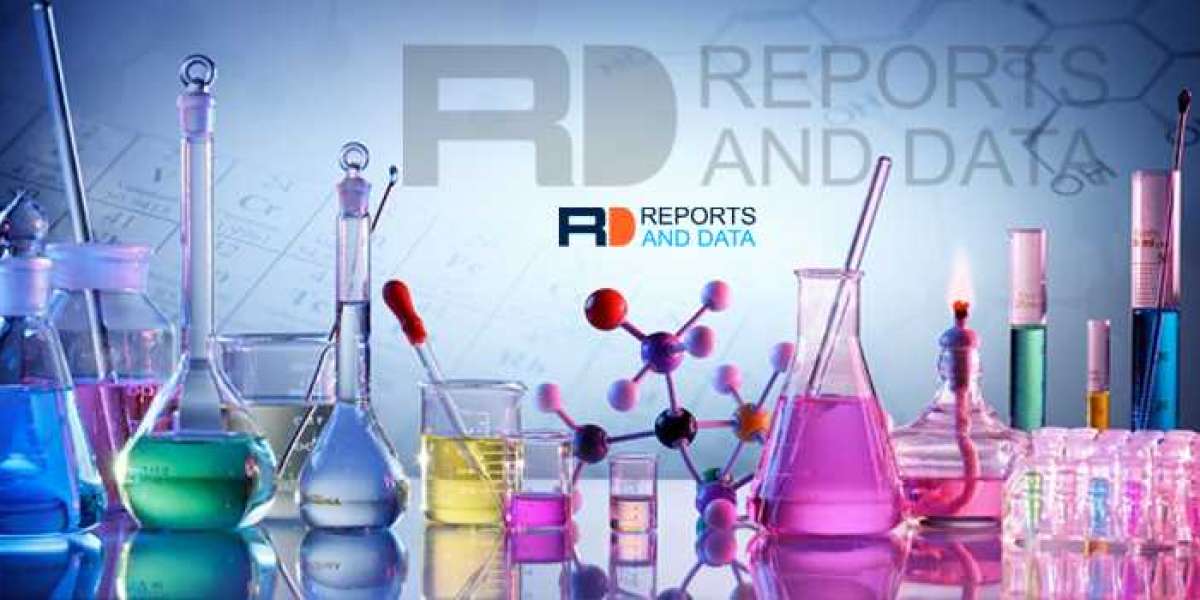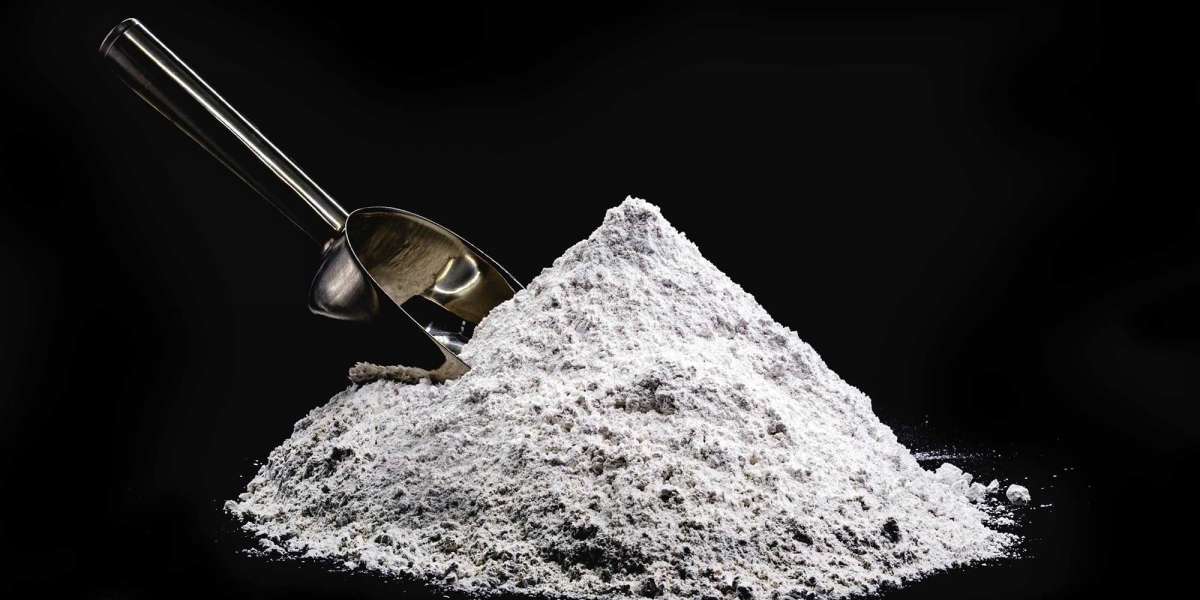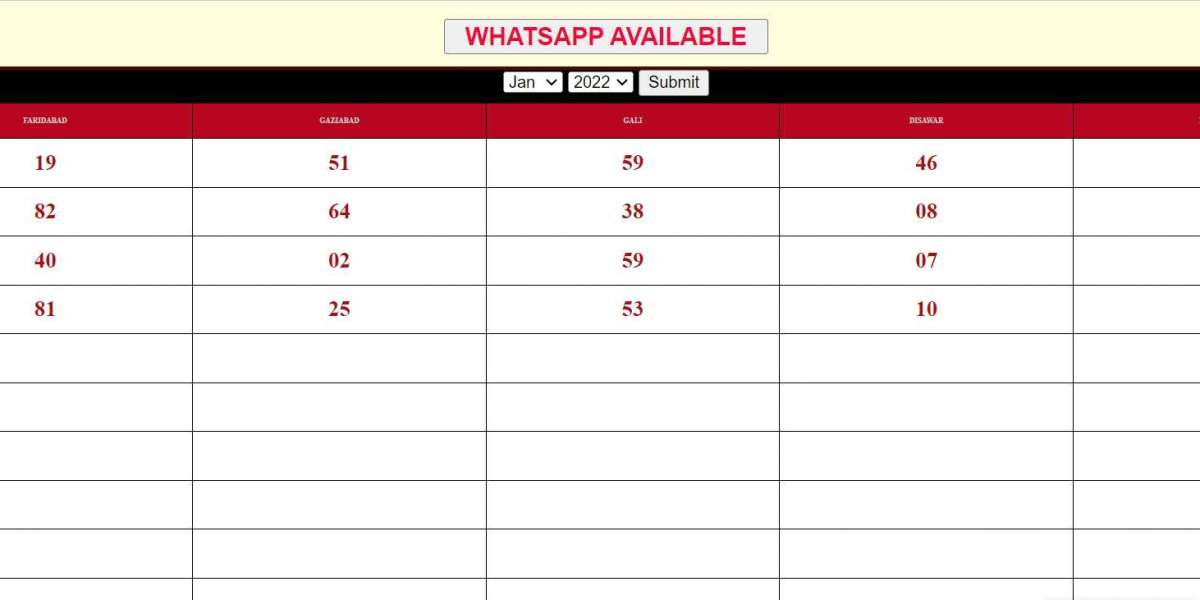Cryopumps are vital in various industrial applications, offering efficient vacuum solutions. Understanding their functionality and benefits is crucial for businesses seeking optimal performance and productivity. In this post, we will delve into the world of cryopumps, exploring their working principles, advantages, and diverse applications across industries. Whether you're a professional in the field or simply curious about this technology, this comprehensive guide will provide valuable insights into the role of cryopumps in modern industrial processes.
Understanding Vacuum Technology and Cryopumps
Role in Various Industries
Vacuum technology plays a crucial role in various industries, including semiconductor manufacturing, aerospace, pharmaceuticals, and research laboratories. Vacuum pumps are utilized to create an environment with low pressure by removing gas molecules from a sealed volume. This is essential for processes such as thin film deposition, material testing under controlled conditions, and preventing contamination during the manufacturing of sensitive electronic components.
In these applications, cryopumps are particularly vital for achieving high vacuum levels. They excel in eliminating gases that other pump types might struggle to remove efficiently. For instance, in semiconductor fabrication facilities where ultra-high vacuum (UHV) is required to ensure the purity of materials being processed into computer chips or microprocessors, cryopumps play a significant role.
Cryopumps also find extensive use in research labs where experiments necessitate extremely low pressures. Their ability to reach UHV levels makes them indispensable tools for conducting experiments involving particle accelerators or nuclear physics research.
Basic Principles of Operation
The operation of cryopumps revolves around exploiting the physical properties of cryogenic temperatures to trap and remove gas molecules from a vacuum chamber. When activated, the pump's cold surface causes gases within the chamber to condense on it due to their lower temperature compared to that of the surfaces inside the chamber.
This process continues until most gases have been removed from the chamber or until equilibrium is reached at an extremely low pressure level suitable for specific industrial processes or scientific experiments requiring UHV conditions.
One example illustrating this principle involves using liquid nitrogen as a coolant within the cryopump system. As nitrogen evaporates at incredibly low temperatures (-196 degrees Celsius), it creates an exceptionally cold surface capable of trapping and freezing gases present within its vicinity through condensation.
Working Mechanism of Cryopumps
Use of Cryogens for Gas Capture
Cryopumps operate by utilizing cryogens to achieve extremely low temperatures, typically below -150°C. These low temperatures allow the cryopump to efficiently capture and remove gases from a vacuum chamber. The use of cryogens such as liquid nitrogen or helium creates an environment where gases can be effectively adsorbed and condensed.
The process begins with the introduction of the cryogen into the pump, causing it to cool down rapidly. As a result, gas molecules within the vacuum chamber lose energy and slow down, making them easier to capture. This cooling effect enables the cryopump to efficiently remove unwanted gases from the system.
Adsorption and Condensation Processes in Cryopump Operation
In the operation of a cryopump, two key processes come into play: adsorption and condensation. During adsorption, gas molecules adhere to the surface of cold panels inside the pump due to their reduced energy levels caused by extreme cooling. This allows for effective removal of gases from the vacuum chamber.
Following adsorption, condensation occurs as certain gases transition from vapor form to liquid form due to exposure to ultra-low temperatures provided by the cryogen-cooled surfaces within the pump. This phase change facilitates further removal of residual gases that may not have been captured through adsorption alone.
Role of Heat Exchangers in Cryopump Mechanism
Heat exchangers play a crucial role in maintaining efficient operation within cryopumps. These components are responsible for transferring heat between different mediums within the refrigeration cycle used by these pumps. By facilitating heat transfer at specific points in this cycle, heat exchangers enable optimal temperature control necessary for achieving molecular flow conditions essential for effective gas capture.
Furthermore, heat exchangers aid in managing thermal loads generated during cryogenic operations while also contributing significantly towards overall system reliability and performance stability.
Benefits and Performance Characteristics of Cryopumps
High Pumping Speeds
Cryopumps are known for their high pumping speeds which enable them to effectively remove a wide range of gases from a vacuum chamber. This means that they can quickly create and maintain the desired level of vacuum within the chamber, making them highly efficient in various industrial and scientific applications. For instance, in semiconductor manufacturing processes, where maintaining a clean and controlled environment is crucial, cryopumps excel due to their ability to rapidly evacuate unwanted gases.
Cryopumps achieve high pumping speeds by utilizing extremely low temperatures to condense and trap gases. When these cold surfaces come into contact with gas molecules, the molecules lose energy and stick to the surface, thereby being removed from the system. As a result, cryopumps can efficiently handle large volumes of gas while maintaining excellent performance.
In addition to their impressive speed capabilities, cryopumps also offer significant advantages in terms of performance when compared to other vacuum technologies.
Low Power Consumption and Operational Costs
One notable advantage is their low power consumption, which contributes to reduced operational costs for businesses or research facilities. The use of cryogenic temperatures allows these pumps to operate using less energy compared to other types of vacuum pumps. This not only leads to cost savings but also aligns with efforts towards sustainability by reducing overall energy usage.
Furthermore, the inherent design characteristics of cryopumps contribute significantly towards minimizing operational expenses over time. Their ability to efficiently remove contaminants without requiring frequent maintenance translates into lower long-term costs for businesses and organizations that rely on vacuum technology as part of their operations.
Minimal Maintenance Requirements
Compared to alternative vacuum technologies such as oil-sealed rotary vane pumps or turbomolecular pumps, cryopumps have notably minimal maintenance requirements. The absence of moving parts subject to wear reduces the need for regular servicing or replacement components often associated with traditional pump systems.
This feature provides substantial benefits in terms of reliability and uptime for critical applications where continuous operation is essential. It also means that businesses can allocate fewer resources towards upkeep while still benefiting from consistently high-performance levels offered by cryogenic pump systems.
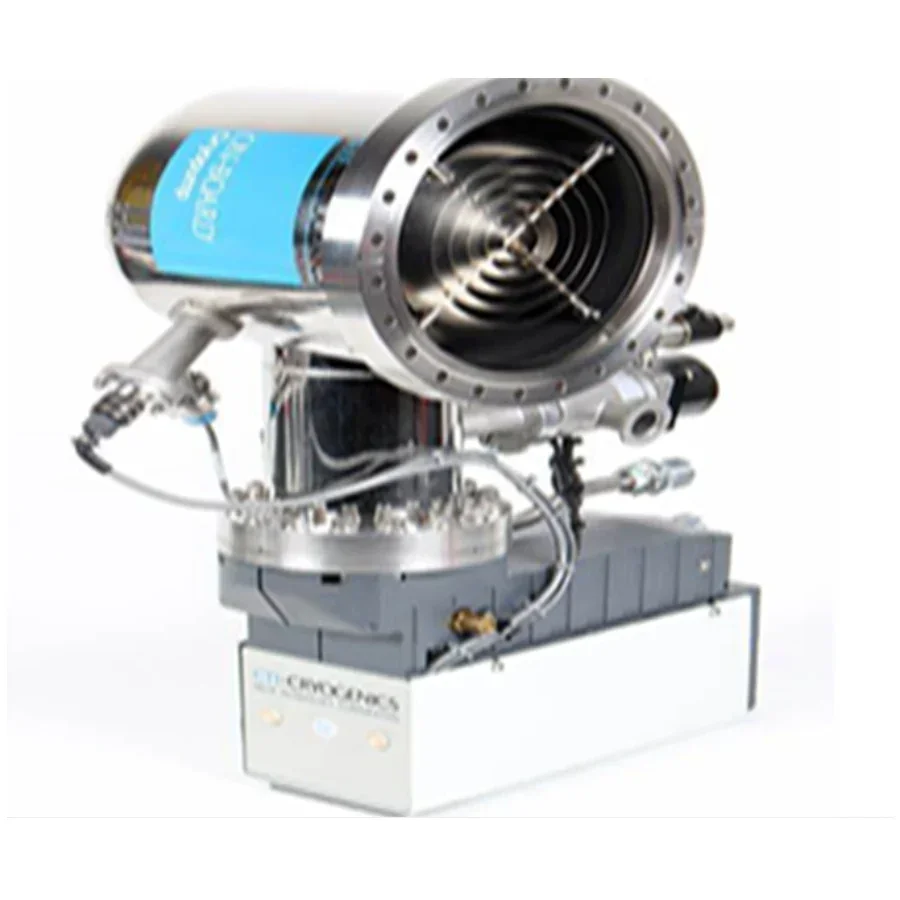
Applications and Practical Usage of Cryopumps
Semiconductor Manufacturing
Cryopumps play a crucial role in semiconductor manufacturing processes that require ultra-high vacuum levels. In this case, cryopumps efficiently remove gases and other contaminants from the vacuum chamber, ensuring the purity of the environment essential for semiconductor fabrication. This is vital for preventing impurities from affecting the delicate process of creating microchips.
For instance, during the production of silicon wafers used in microchip manufacturing, cryopumps are utilized to maintain an extremely clean environment by removing any residual gas molecules present in the vacuum chamber. The absence of these molecules is critical to prevent defects in the final product, ensuring high-quality semiconductor components.
In addition to their use in semiconductor manufacturing, cryopumps also find applications within research environments across various scientific disciplines.
Research Applications
In physics, chemistry, and material science research laboratories, cryopumps are employed to create ultra-high vacuum conditions necessary for conducting experiments and developing new materials. For example, researchers studying superconductivity rely on cryogenic systems with cryopumps to achieve temperatures close to absolute zero while maintaining a pristine vacuum environment for accurate measurements.
Moreover, scientists investigating novel materials or chemical reactions benefit from utilizing cryogenic pumps due to their ability to maintain low pressures required for precise analysis and experimentation. This highlights how cryopump technology supports advancements across diverse fields by providing researchers with essential tools for achieving optimal experimental conditions.
Furthermore...
Space Simulation Chambers
Another practical application of cryogenic pumps can be found in space simulation chambers used for testing aerospace components. These specialized facilities recreate extreme environmental conditions experienced during space missions such as high vacuums and temperature variations. Cryo-cooled pumps help maintain these simulated environments by effectively evacuating air and other gases from the test chambers.
Achieving Ultra-Low Temperatures in Cryopump Systems
Utilization of Cryogenic Fluids
Cryopumps achieve ultra-low temperatures by utilizing cryogenic fluids such as helium or nitrogen. These fluids are cooled to extremely low temperatures, often below 10 Kelvin, using sophisticated cooling mechanisms. The use of these cryogenic fluids allows cryopumps to reach the incredibly cold temperatures necessary for their operation.
Cryogenic fluids have remarkable refrigerating capabilities due to their ability to maintain extremely low temperatures. For instance, liquid nitrogen can be used as a cryogenic fluid in cryopump systems and is capable of reaching temperatures as low as 77 Kelvin (-196 degrees Celsius). This makes it an essential component in achieving the ultra-low temperatures required for effective gas capture.
The utilization of these cryogenic fluids enables cryopumps to create an environment where gases can be effectively captured and removed from a vacuum system.
Importance of Low Temperatures
Low temperatures are crucial in the operation of cryopumps because they enhance the pumps' ability to capture gases effectively. When exposed to low pressures and cold surfaces, gases within a vacuum system condense onto those surfaces due to thermal conductivity. By maintaining ultra-low temperatures, such as those achieved with helium or nitrogen, the cold surfaces inside a cryopump become highly effective at capturing and removing trace gases from space simulation chambers or other environments requiring high vacuums.
Furthermore, achieving ultra-low temperatures is essential for reducing heat within the pump itself. This reduction in heat helps minimize thermal radiation shield requirements while also contributing significantly towards achieving ultimate pressure levels within the vacuum chamber.
Types of cryopumps
Configurations
Cryopumps come in different configurations to suit various needs. They can be on-board, stand-alone, or hybrid systems. On-board cryopumps are integrated into a larger system, while stand-alone units operate independently. Hybrid systems combine the features of both types for enhanced flexibility and efficiency.
For instance, in semiconductor manufacturing, on-board cryopumps are often used within etch chambers to remove byproducts during the process. Stand-alone units may be utilized in research laboratories where they can be easily moved between different experimental setups.
Cooling Methods
Cryopumps utilize variations in cooling methods, including closed-cycle and open-cycle designs. Closed-cycle cryopumps use a continuous flow of gas that is compressed and expanded to achieve cooling. In contrast, open-cycle cryopumps rely on the evaporation of a coolant such as helium or nitrogen for achieving low temperatures.
In specific applications like space simulation chambers or nuclear magnetic resonance (NMR) spectrometers, closed-cycle cryopump designs offer precise temperature control and stability essential for accurate testing and measurements. On the other hand, open-cycle designs might be preferred for simpler applications due to their lower initial cost and easier maintenance requirements.
Customizable Options
Manufacturers provide customizable options for specific application requirements. These options include varying pump sizes, specialized materials for compatibility with certain gases or chemicals, as well as tailored cooling capacities based on the intended use.
Cryopump Pumping Capacity and Speed
High Pumping Speed for Light Gases
Cryopumps are known for their high pumping speed. This means they can effectively remove these gases from a vacuum chamber at a rapid rate, making them ideal for processes that involve these types of gases. For instance, in semiconductor manufacturing, where the presence of light gases can be detrimental to the quality of the final product, cryopumps play a crucial role in maintaining the desired vacuum conditions. The ability of cryopumps to swiftly eliminate light gases contributes significantly to enhancing process efficiency.
In scenarios where there is a need to handle large volumes of process gases, especially those composed of lighter elements like hydrogen and helium, cryopumps demonstrate their superior pumping capacity compared to other types of pumps. This high pumping capacity enables them to efficiently manage substantial quantities of gas within a given timeframe.
Factors Influencing Pumping Speed and Efficiency
Several factors influence the pumping speed and efficiency of cryopumps. One critical factor is the refrigerating power or cooling capability they possess. The refrigeration system's effectiveness directly impacts how quickly cryopumps can condense process gas molecules on their surfaces before removing them from the vacuum environment.
Another influential factor is the cooldown time required for cryogenic operation after initial startup or during maintenance procedures. A shorter cooldown time allows faster readiness for effective gas removal operations.
Moreover, crossover pressure plays an essential role in determining when a cryogenic pump transitions from its high-speed regime (molecular flow) down to its lower-speed regime (viscous flow). Understanding this crossover pressure helps optimize pump performance based on specific operating conditions.
It's important to consider factors such as power consumption and weight when evaluating cryopump efficiency since these aspects impact overall operational costs and installation feasibility.
Maintenance and Regeneration of Cryopumps
Importance of Regular Regeneration Cycles
Cryopumps require regular regeneration cycles to remove captured gases and maintain optimal performance. During operation, cryopumps capture various gases, reducing their pumping speed over time. By initiating a regeneration process, these trapped gases are released, restoring the pump's efficiency. Without this essential maintenance step, the pump's ability to create vacuum conditions diminishes significantly.
Properly timed and executed partial regeneration processes can prevent performance degradation between complete regenerations. This intermediate step involves releasing some of the trapped gases without fully stopping the pump's operation. It helps in maintaining consistent pumping capacity until a full regeneration becomes necessary.
Techniques for Monitoring Performance and Early Issue Detection
Monitoring cryopump performance is crucial for detecting potential issues early on. One technique involves observing changes in the pressure relief valve during operation. An increase in pressure indicates that the pump might be nearing its gas capture capacity or experiencing other operational problems.
Another important aspect of monitoring is keeping an eye on any changes in energy consumption or cooling efficiency within different stages or parts of the cryopump system. Any irregularities could signify underlying issues that need attention before they escalate into major problems.
Regular inspection of radiation shields is also vital as they play a critical role in protecting sensitive components from thermal radiation during operation. Damaged or degraded shields can lead to decreased efficiency and increased wear on internal components due to excessive heat exposure.
In addition to visual checks, utilizing advanced diagnostic tools such as vibration analysis can help identify potential mechanical issues at an early stage before they cause significant damage to the cryopump system.
Conclusion
Cryopumps play a pivotal role in achieving and maintaining ultra-low temperatures essential for various industrial and scientific applications. Understanding their working mechanism, benefits, and maintenance is crucial for optimizing their performance and longevity. With diverse types available, each with unique characteristics, selecting the right cryopump is paramount for efficient operations. By comprehending their pumping capacity and speed, users can make informed decisions to meet specific requirements. Regular maintenance and proper regeneration are imperative for ensuring consistent performance and extending the lifespan of cryopumps.
For those seeking to delve deeper into this intricate field, exploring the nuances of cryopump technology and its applications will be beneficial. Staying updated with the latest advancements in cryopump systems can offer valuable insights for enhancing operational efficiency and achieving breakthroughs in research and development.
Frequently Asked Questions
What are the benefits of using cryopumps?
Cryopumps offer high pumping speeds, low power consumption, and the ability to achieve ultra-high vacuum levels. They are also known for their cleanliness and reliability in maintaining vacuum conditions.
How does a cryopump work?
Cryopumps operate by capturing and trapping gas molecules on a cold surface at extremely low temperatures. This process allows them to achieve high pumping speeds and create a clean, high-vacuum environment.
What are some common applications of cryopumps?
Cryopumps are commonly used in semiconductor manufacturing, particle accelerators, fusion research, space simulation chambers, and other environments that require ultra-high vacuum conditions.
What types of cryopumps are available?
There are two main types of cryopumps: closed-cycle cryopumps (CCPs) and pulse-tube cryocooler pumps. Each type has its own unique advantages and is suitable for specific applications.
How does one maintain and regenerate a cryopump?
Maintenance involves regular inspection of components such as seals, filters, and thermal shields. Regeneration typically includes heating the pump to release trapped gases followed by re-cooling it for reuse.

